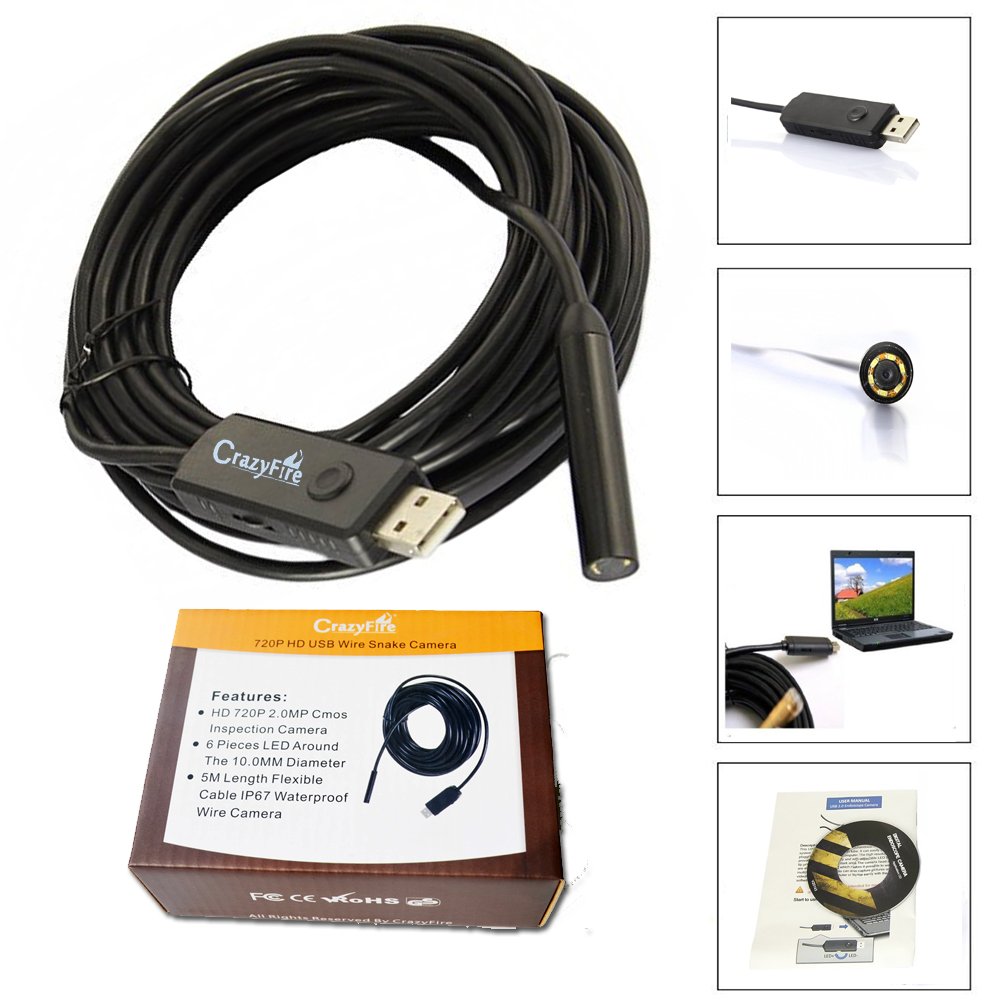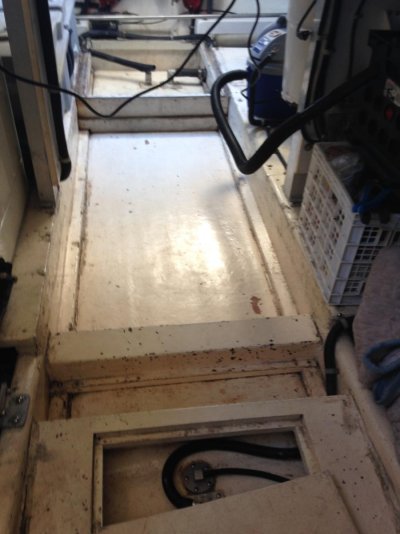Tom.B
Moderator Emeritus
- Joined
- Jul 30, 2009
- Messages
- 5,839
- Location
- USA
- Vessel Name
- Skinny Dippin'
- Vessel Make
- Navigator 4200 Classic
Mornin' y'all...
Bess and I are big believers in keeping tanks clean. In our last boat, withing the first few weeks of owning it, we opened the fresh water tank to find some of the most putrid and disgusting water... and we were drinking that stuff!!! So FFW to today. Our new boat has heavy-duty centerline fiberglass tank (100-ish gallons) with no access panel that I can see. So I want to add one. Any tips? Would a standard screw-out port work?

I will try and post pics of the area later today.
Thanks!
Bess and I are big believers in keeping tanks clean. In our last boat, withing the first few weeks of owning it, we opened the fresh water tank to find some of the most putrid and disgusting water... and we were drinking that stuff!!! So FFW to today. Our new boat has heavy-duty centerline fiberglass tank (100-ish gallons) with no access panel that I can see. So I want to add one. Any tips? Would a standard screw-out port work?

I will try and post pics of the area later today.
Thanks!
Last edited:




